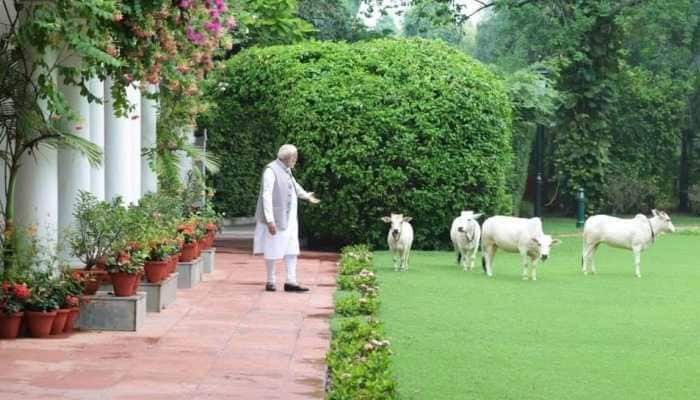Chandrayaan 2 gets three steps closer to Moon, third orbit raising maneuver successful
The third earth-bound orbit raising maneuver was done using the onboard propulsion system for a firing duration of 989 seconds. ISRO also said that all spacecraft parameters are normal.
Trending Photos
)
India's second lunar mission Chandrayaan-2 is now three steps closer to the Moon, Indian Space Research Organisation (ISRO) said on Monday. ISRO made the announcement after the third earth-bound orbit raising maneuver for Chandrayaan-2 spacecraft was successfully performed on 29 July 2019 at 3:12 pm as planned.
The maneuver was done using the onboard propulsion system for a firing duration of 989 seconds. The orbit achieved is 276 x 71792 km. ISRO also said that all spacecraft parameters are normal. The fourth orbit raising maneuver is scheduled to take place on 2 August between 2 pm to 3 pm.
#ISRO
Third earth bound orbit raising maneuver for #Chandrayaan2 spacecraft has been performed today (July 29, 2019) at 1512 hrs (IST) as planned.
For details please check https://t.co/kkJTmtXxW8
Here's the view of Control Centre at ISTRAC, Bengaluru pic.twitter.com/GEZdErLSKF — ISRO (@isro) July 29, 2019
Earlier, the second earth bound orbit raising maneuver was performed on 26 July using the onboard propulsion system for a firing duration of 883 seconds.
India's second mission to the moon, Chandrayaan-2 was injected into an elliptical orbit of 170x45,475 km by India's heavy lift rocket Geosynchronous Satellite Launch Vehicle-Mark III (GSLV Mk III) on July 22. It comprises of a fully indigenous Orbiter, Lander (Vikram) and Rover (Pragyan). The Rover Pragyan is housed inside Vikram lander.
The on-board propulsion system of Chandrayaan-2 is being fired to slow down the spacecraft to enable it to be captured into a preliminary orbit around the Moon. Through a set of manoeuvres, the orbit of Chandrayaan-2 around the moon is being circularised at 100 km height from the lunar surface.
Subsequently, the lander will separate from the Orbiter and enter into a 100 km X 30 km orbit around the Moon. Then, it will perform a series of complex braking manoeuvers to soft land in the South polar region of the Moon on September 7, 2019.
Following this, the Rover will roll out from the lander and carry out experiments on the lunar surface for a period of 1 lunar day, which is equal to 14 Earth days. While the mission life of the lander is 1 lunar day, the Orbiter will continue its mission for a duration of one year.
Live Tv







)
)
)
)
)
)
)
)
)
)
